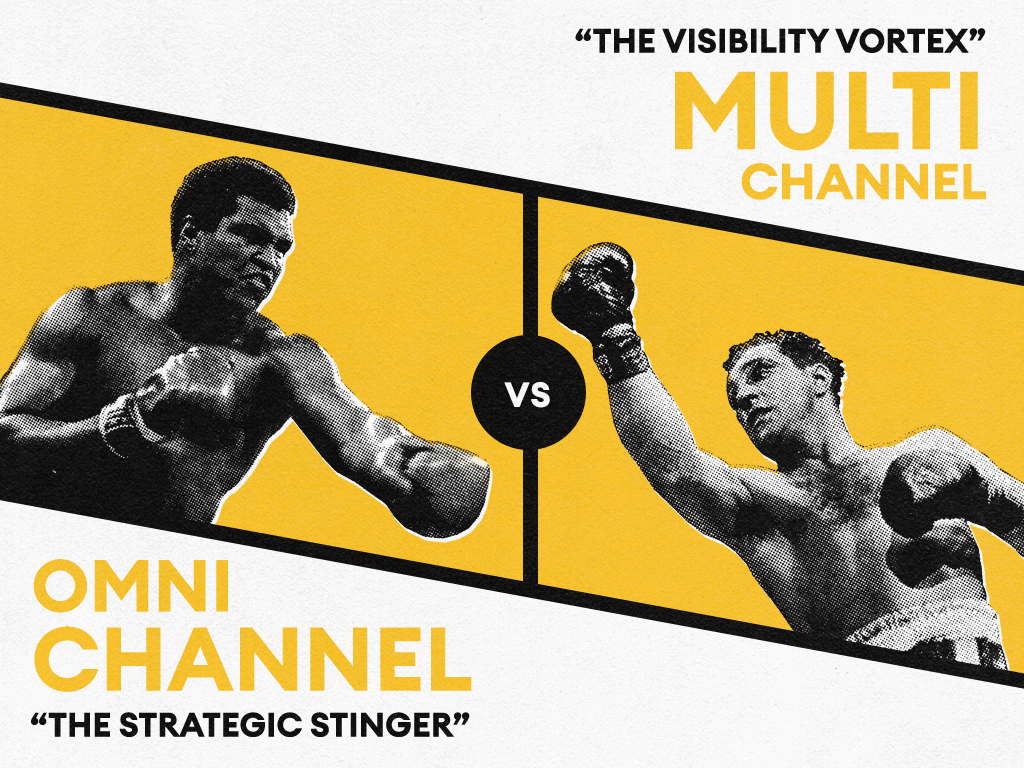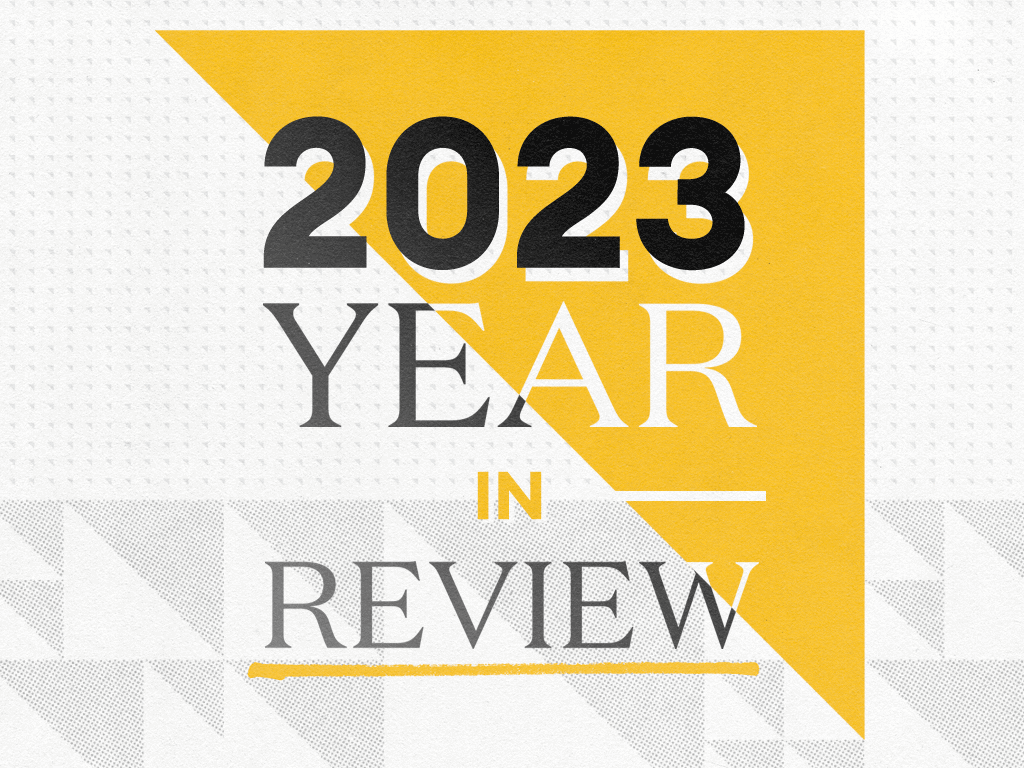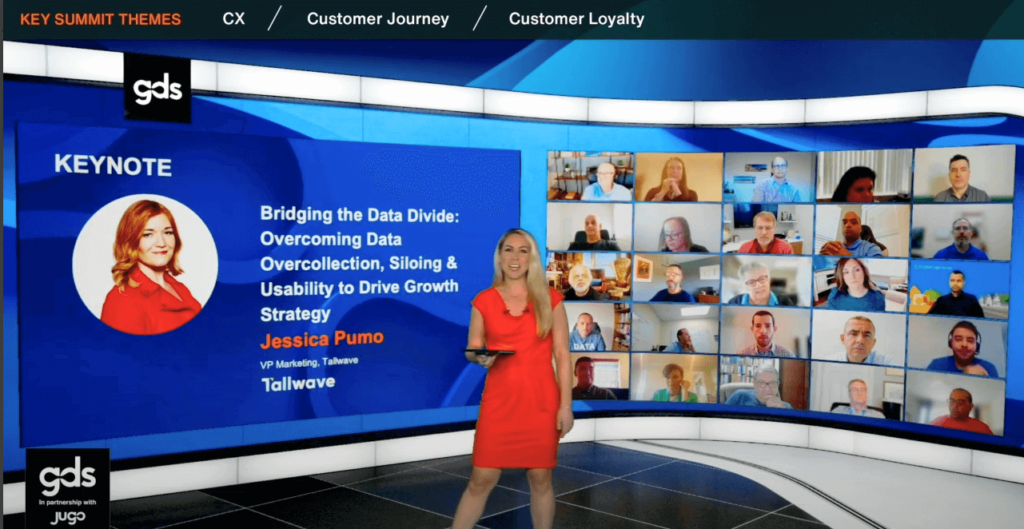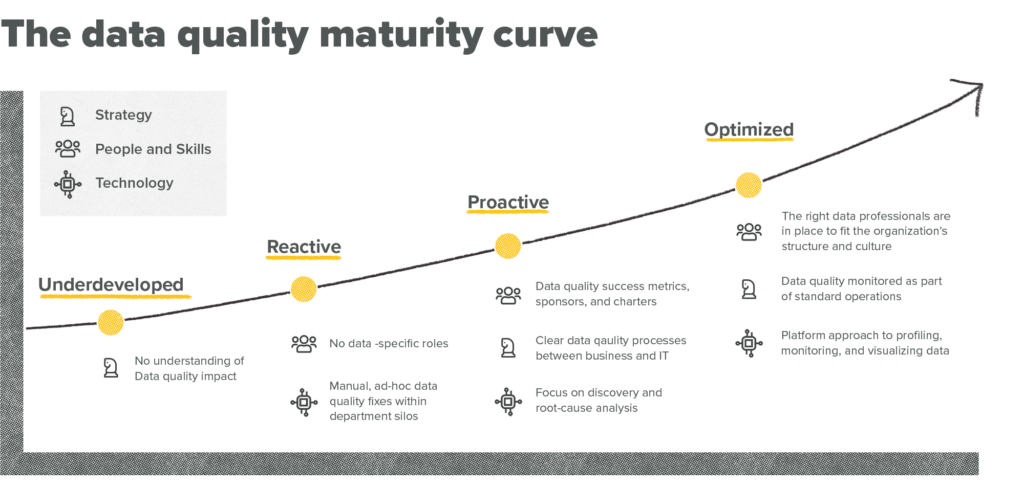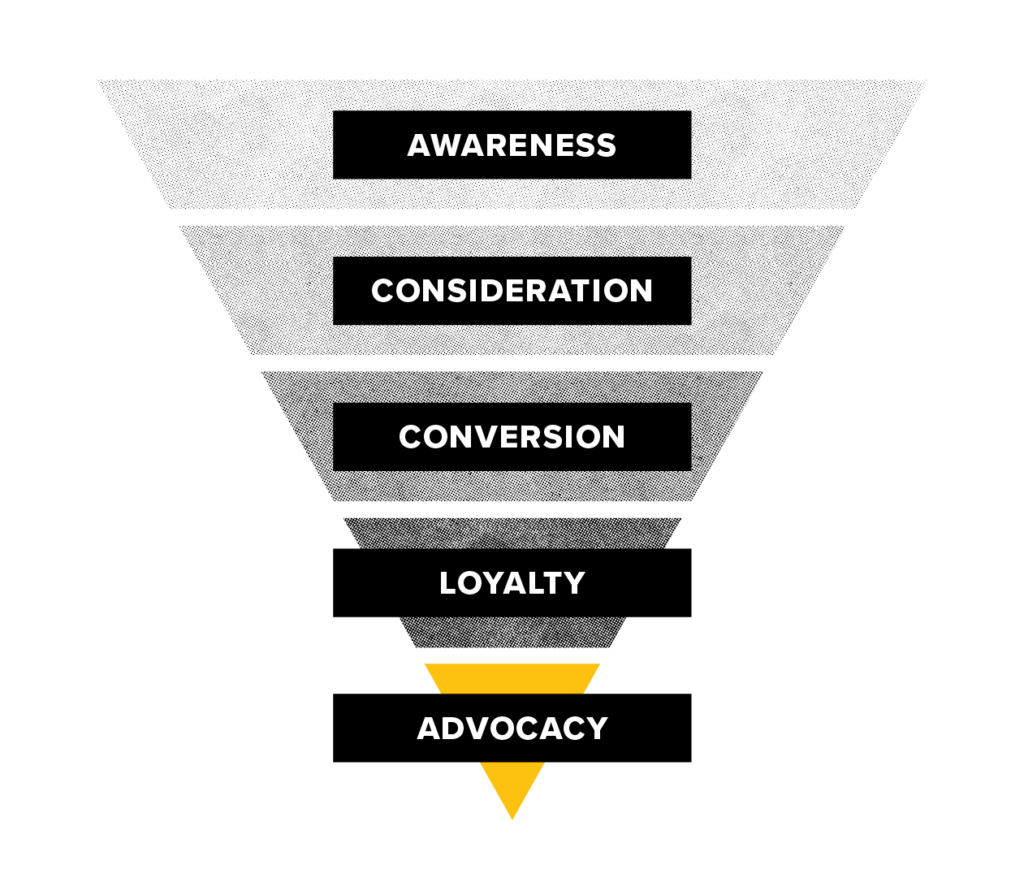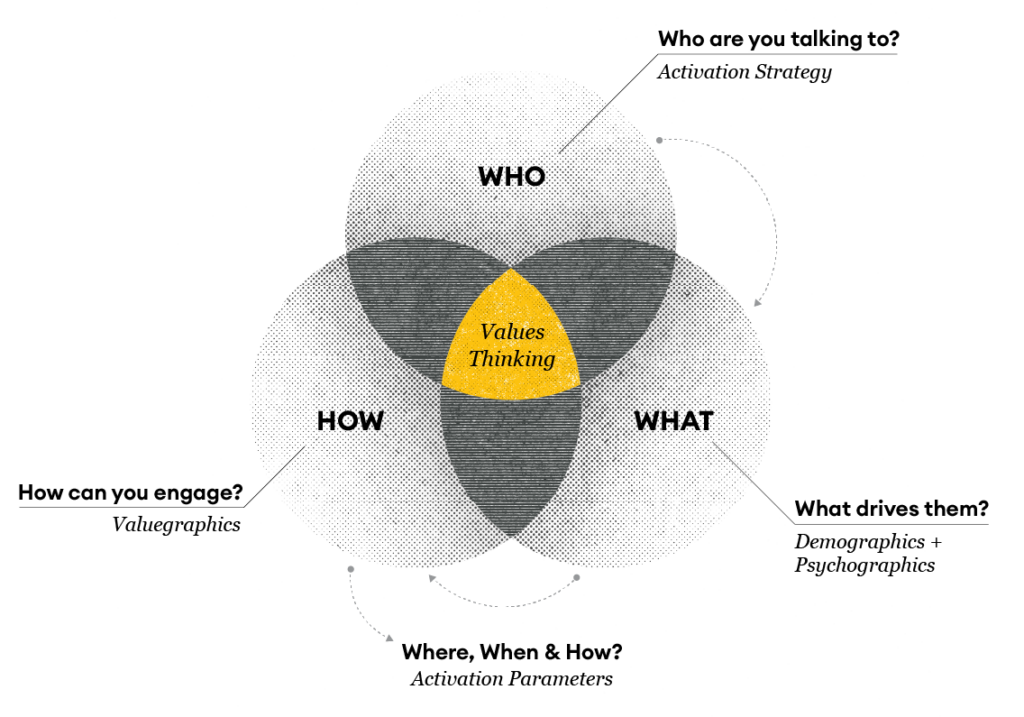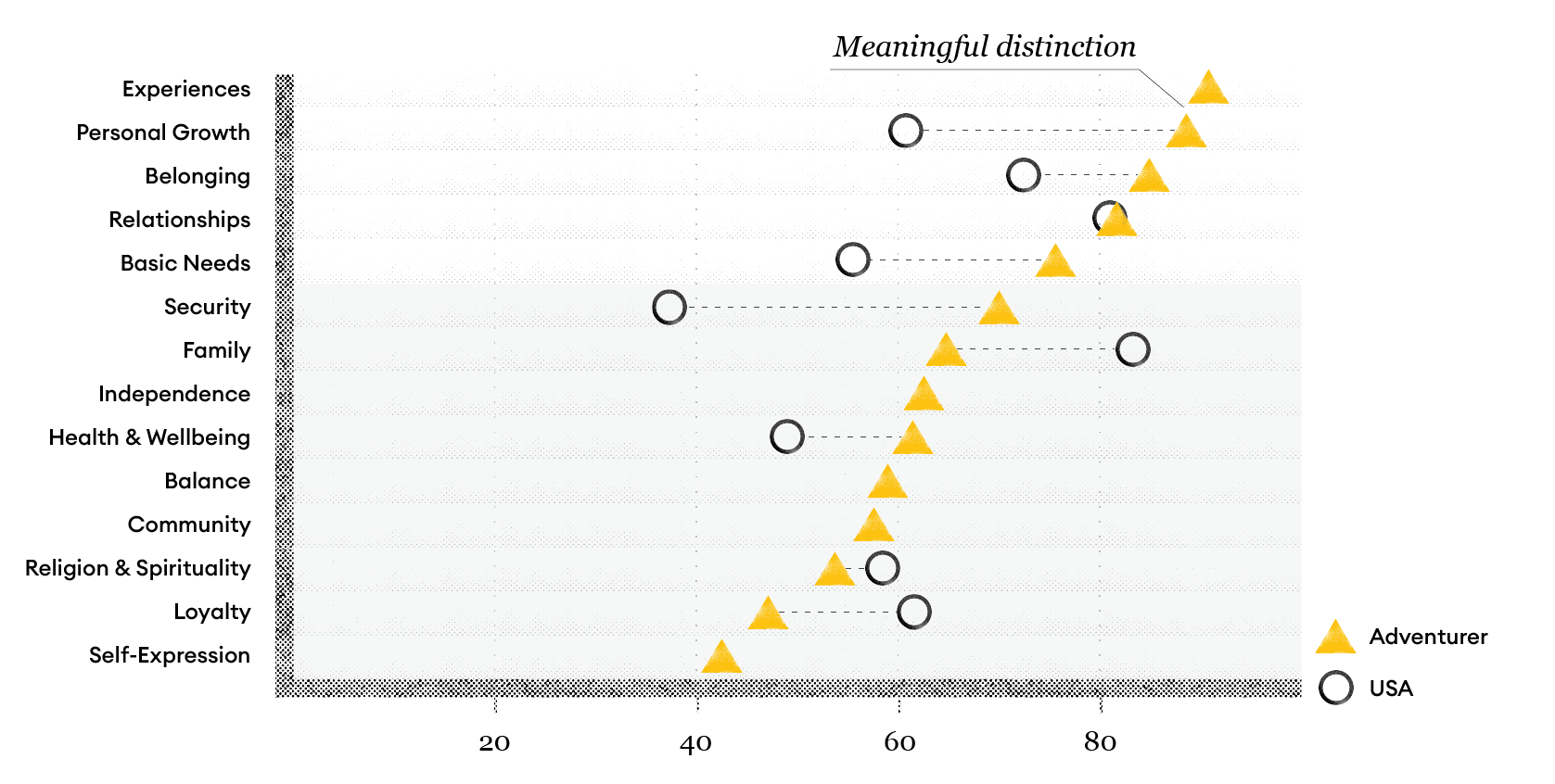In today’s complex and ever-evolving digital landscape, understanding the nuances and differences between omnichannel and multichannel marketing is essential to providing your customer with a great experience. It’s more than just a battle of the buzzwords; marketers need to understand that omnichannel marketing is the natural evolution of its predecessor, multichannel marketing.
This isn’t about picking one over the other; it’s about embracing the journey toward a more sophisticated, integrated approach that better meets consumer expectations. We’re talking about a strategy that resonates deeply with today’s customers who crave not just interactions but meaningful, connected, personalized experiences across multiple touchpoints in the channels of their choice. It’s about painting a bigger picture, where every channel tells a part of your brand’s story, cohesively and compellingly.
You might think of multichannel marketing like a single-round sparring session. You make the best use you can of marketing strategies and techniques within a single round (or channel), learning and iterating on the fly without the benefit of insight into how a given sparring partner (consumer) has behaved in other rounds (channels). Omnichannel marketing is more like a multi-round professional prize fight where marketing heavyweights consider their opponents’ moves in each round so that, round to round (or channel to channel), their marketing strikes are strategically choreographed around their expanding knowledge of consumers’ preferences and prior actions.
By the book: Omnichannel vs multichannel marketing
“Omnichannel” and “multichannel” are often mentioned when discussing digital marketing strategies. But there’s not always a clear distinction between the two approaches. Let’s cut through the confusion and clarify what omnichannel marketing and multichannel marketing actually are.
- Multichannel marketing refers to using various channels — paid and organic search, social media, email, or even in-store experiences — to engage with customers. It’s about being present and visible in multiple places, but often, these channels operate in silos with strategies that consider the best practices for each individual channel, but don’t connect to touchpoints consumers have with the same brand in different channels at different stages of their journeys.
- Omnichannel marketing takes a more holistic and customer-centric view. It’s not just about being present on multiple channels; it’s about creating a seamless, integrated experience across all touchpoints that reflects customer preferences and behaviors across channels. Omnichannel commerce ensures that whether a customer interacts with your brand online, through an app, or in a physical store, their experience is consistent and interconnected. An omnichannel marketing strategy ensures that customers receive an experience that’s brand-consistent no matter the channel but personalized to them based on real-time interaction across channels as their behavior evolves, aiding in their decision-making process, and encouraging high-value actions.
With these definitions and differences in mind, you can put your marketing strategy on the path to omnichannel prizefighter status.
Four ways omnichannel marketing can give your strategy a fighting edge
Exploring the differences and nuances between omnichannel and multichannel marketing isn’t just academic or informative; it serves as a practical guide to aligning your marketing strategy with the evolving expectations of today’s consumers and taking an integrated approach.
There are several ways omnichannel methods can level up your marketing strategy, from focus to flexibility:
1. Focus: Product vs. Consumer
In multichannel marketing, the focus often leans toward the product, service, or brand. Each channel works independently to highlight the offering, sometimes leading to a disjointed customer experience.
Omnichannel marketing shifts this focus to the customer. The focus is on crafting a narrative around the customer’s needs and preferences, ensuring a unified and engaging experience across all touchpoints. Tallwave embraced a similar holistic methodology in our recent engagement with the Arizona Governor’s Office and AZ OnTrack when we took a customer-centric approach to messaging and channel selection.
2. Integration: Connected vs. siloed
The hallmark of an effective omnichannel strategy is its integrated nature. Unlike multichannel strategies where each channel might operate in a vacuum, omnichannel marketing strives for connection. This integration means data and insights are shared across channels, ensuring that the customer journey is not just multichannel but truly interconnected.
Consider this example: a customer visits an e-commerce apparel website and visits the product page for a particular top. They even add the top to their cart, but ultimately abandon it before completing the purchase. The abandoned cart and purchase history data is used to trigger retargeting and the consumer sees an ad for that same top later on Facebook. It also triggers an email reminding them of the item in their cart. A few days later, they receive an exclusive promo text with a discount that applies to the time in their cart. In this example, we have a consumer interacting with a brand on three different channels, website, social media, and text. With an omnichannel strategy, every one of these touchpoints reflects the consumer’s preferences (they’re interested in tops), behaviors (they showed interest in a particular top), and journey stage (adding the top to the cart suggests an intent to purchase). Data makes it possible.
3. Personalization: Tailored vs. generalized
Personalization is the heartbeat of omnichannel marketing. While multichannel marketing can sometimes result in generic messaging across various platforms, omnichannel marketing leverages data from all touchpoints to create a tailored, personalized experience. It’s about understanding the customer’s journey and reflecting that in every interaction at every stage of the funnel.
To understand what that looks like in practice, consider the previous example, but this time imagine that the reason the consumer visited the e-commerce apparel website in the first place was that they received a text message announcing the the arrival of a new spring collection triggered by the fact that multiple months had passed since the consumer’s last purchase. And imagine that when they landed on the home page, they were greeted by featured products personalized for them based on past site and purchase behavior. That’s omnichannel marketing at work to create a highly personalized experience powered by an integrated data strategy.
4. Flexibility: Controlled vs. Agile
Omnichannel marketing is inherently more flexible and agile compared to its multichannel counterpart. With the latter, strategies are often rigid, with each channel functioning within its predefined scope and data being collected and housed in channel-specific silos. Omnichannel marketing, however, thrives on adaptability, responding in real-time to changes in customer behavior.
Consider this last example: a customer visits a software company’s website and reviews two related products on the website. Not finding quite enough information to decide between them, the customer clicks into the website’s chatbot to ask some questions about the two products. Because there’s some complexity to the answers, the chatbot escalates to a live sales rep. Rather than greeting the customer with a “How can I assist you today?” the rep greets the customer by saying they understand the customer has questions about two products, mentioning them by name. And in addition to answering the customer’s questions, the rep highlights the new integrations on one of the product offers with another that the customer purchased several months ago. That’s the power of omnichannel marketing to an exceptionally personalized, integrated, and customer-centric experience in real time.
Embracing the right approach in your marketing strategy
Embracing omnichannel marketing means you’re not just using multiple channels; you’re masterfully blending them to create a narrative that speaks directly to your customers. It also means you’re reaping the benefits of an omnichannel approach to data and analytics that creates a 360-degree view of the customer, making omnichannel customer experience possible. It’s a savvy move for any marketer aiming to make a real impact in this digital age. This holistic, customer-centric approach is not just the way forward; it’s the key to unlocking deeper connections and lasting loyalty with your audience.
Giving your digital strategy a bright future
As we look ahead to the future of digital marketing, the trend is clearly skewing toward more integrated, personalized experiences. Brands that understand and implement omnichannel strategies are poised to build stronger connections with their customers, leading an optimized conversion journey and enhanced brand loyalty.
Whether you choose omnichannel marketing, or want to innovate further with a convergent commerce approach, you should always focus on delivering value to your customers. By understanding the nuances of each approach and aligning them with your business goals and customer expectations, you can create a marketing strategy that not only meets the demands of today’s digital landscape but also sets the foundation for future growth and success. And with a mature data strategy that prioritizes a single source of truth for customer data, you can bring that strategy to life.
And you don’t have to go at it alone. From increasing visibility with future-proof SGE-informed search strategies to embracing data centricity, Tallwave is eager to implement digital marketing strategies that align with your consumers and meet them where they are when they need you most. Let’s talk.

